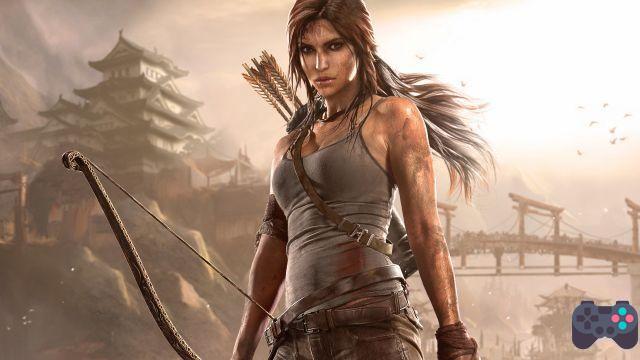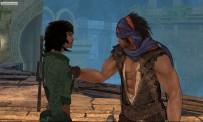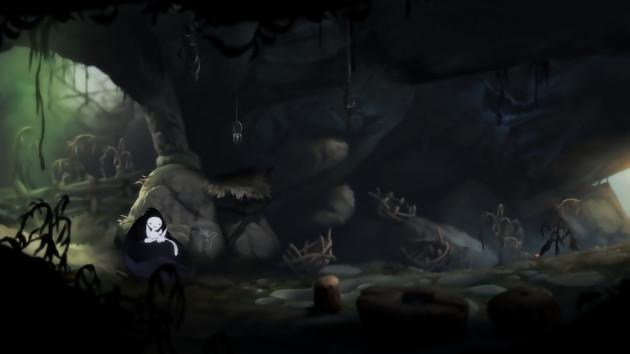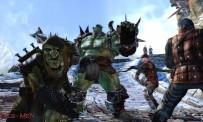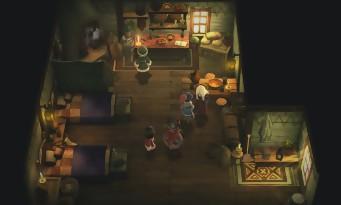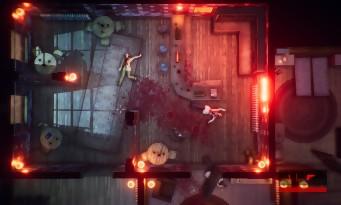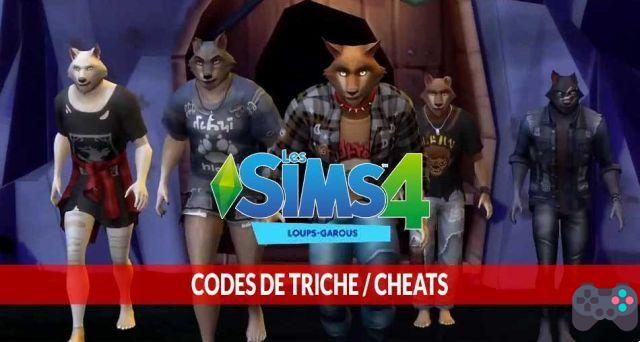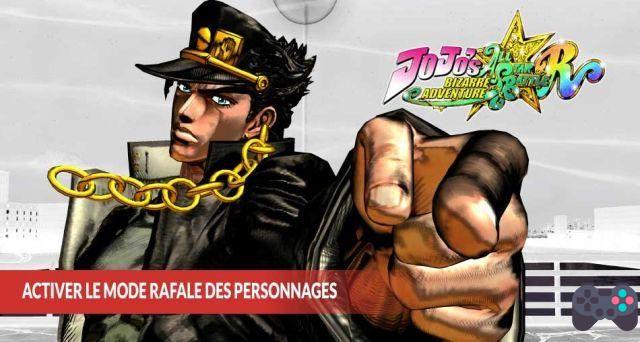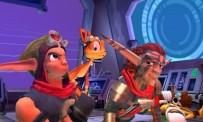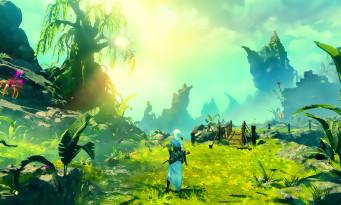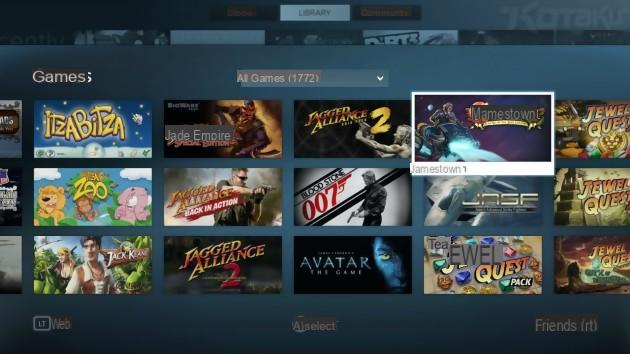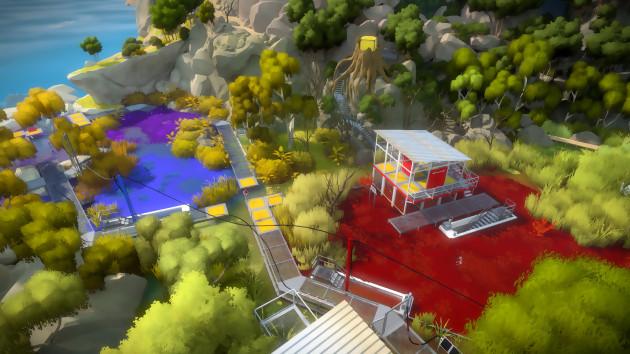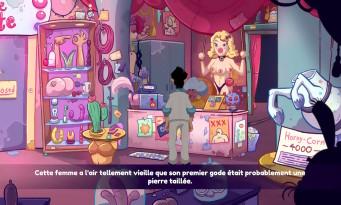 The first contact with The Messenger turns out to be classic. A brief introduction, composed of fixed pixelated screens and accompanied by chiptune music that smells good of 8-bit, tells us that a village of ninjas, the last survivors of the human species, is preparing for the imminent invasion of a demonic army. Fortunately, the legend says that a hero will come from the West to help them overcome this peril. And as it should be, the monsters arrive in the minute, followed shortly by the hero, who entrusts a precious scroll to a young ninja. This apprentice is you, and your mission is to bring the scroll to the top of a mountain. Classic, very classic... But fortunately, a few clues quickly come to alert us to the truly rather singular nature of the game. the mysterious merchant who runs it is somewhat off the beaten path. He humorously tells many philosophical stories, regularly makes fun of the hero, and even occasionally breaks the fourth wall. The first exchanges between the merchant and the ninja are for example the occasion to hear about a certain John Gaiden, to take advantage of a remark that there is "too much text for a single dialog box", or still to read: "some are looking for love or recognition, others just hope that Devolver will sign their badass game". Later, the hero will regularly inquire about the nature of the next boss to face. In short, the developers play the connivance card with the player. We will see later that this goes beyond the stage of a simple gimmick, the whole adventure being a tribute to the video games of yesteryear. Starting with Ninja Gaiden, of course. The Messenger uses all the codes, and therefore offers us the old-fashioned platform, with many moving walls, projectiles to avoid, sharp points, deadly chasms, more or less tough enemies, and "patterned" bosses coming to conclude each crossed area.
The first contact with The Messenger turns out to be classic. A brief introduction, composed of fixed pixelated screens and accompanied by chiptune music that smells good of 8-bit, tells us that a village of ninjas, the last survivors of the human species, is preparing for the imminent invasion of a demonic army. Fortunately, the legend says that a hero will come from the West to help them overcome this peril. And as it should be, the monsters arrive in the minute, followed shortly by the hero, who entrusts a precious scroll to a young ninja. This apprentice is you, and your mission is to bring the scroll to the top of a mountain. Classic, very classic... But fortunately, a few clues quickly come to alert us to the truly rather singular nature of the game. the mysterious merchant who runs it is somewhat off the beaten path. He humorously tells many philosophical stories, regularly makes fun of the hero, and even occasionally breaks the fourth wall. The first exchanges between the merchant and the ninja are for example the occasion to hear about a certain John Gaiden, to take advantage of a remark that there is "too much text for a single dialog box", or still to read: "some are looking for love or recognition, others just hope that Devolver will sign their badass game". Later, the hero will regularly inquire about the nature of the next boss to face. In short, the developers play the connivance card with the player. We will see later that this goes beyond the stage of a simple gimmick, the whole adventure being a tribute to the video games of yesteryear. Starting with Ninja Gaiden, of course. The Messenger uses all the codes, and therefore offers us the old-fashioned platform, with many moving walls, projectiles to avoid, sharp points, deadly chasms, more or less tough enemies, and "patterned" bosses coming to conclude each crossed area.
THE NINJA THEORY
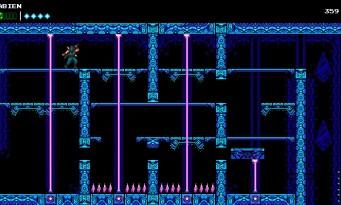 Our ninja has a relatively wide range of blows and movements since he can swing a saber, shoot energy shurikens, cling to walls with claws, hover with a cape, and use a grappling hook on the horizontal axis. But the most interesting remains the "Cloud Jump", which allows after hitting certain elements (lanterns, enemy projectiles, etc.) to perform an additional jump, the process being repeated as long as targets are found on which to bounce. All these elements together ensure fast and fluid movements, and therefore pleasant sensations, once the controller is well in hand. Incidentally, note that it is impossible to reassign the keyboard keys on PC, even though they are very poorly chosen. The gamepad is therefore highly recommended, especially since some passages are very difficult. These old-fashioned difficulty peaks are expressed through graphics that also date from another era. And sometimes, it stings the eyes! We even suspect the developers of having deliberately chosen a particularly ugly screen as the first image of the introductory sequence. With four colors and barely more pixels, there is enough to frighten the lover of modernity. But rest assured, here too, things are not necessarily what they seem at first sight. On the one hand, these 8-bit graphics improve very quickly and, unlike the intro "cutscene", the game screens are not lacking in charm. Certainly, some areas still seem very empty. But we can't do anything about it, can we? Unless it's just another trick on the part of the developers... It's time to tear back the veil and tell you more about the true nature of the game. But don't read what will follow if you plan to one day take full advantage of The Messenger, whose flavor is largely due to the surprises it has in store for players.
Our ninja has a relatively wide range of blows and movements since he can swing a saber, shoot energy shurikens, cling to walls with claws, hover with a cape, and use a grappling hook on the horizontal axis. But the most interesting remains the "Cloud Jump", which allows after hitting certain elements (lanterns, enemy projectiles, etc.) to perform an additional jump, the process being repeated as long as targets are found on which to bounce. All these elements together ensure fast and fluid movements, and therefore pleasant sensations, once the controller is well in hand. Incidentally, note that it is impossible to reassign the keyboard keys on PC, even though they are very poorly chosen. The gamepad is therefore highly recommended, especially since some passages are very difficult. These old-fashioned difficulty peaks are expressed through graphics that also date from another era. And sometimes, it stings the eyes! We even suspect the developers of having deliberately chosen a particularly ugly screen as the first image of the introductory sequence. With four colors and barely more pixels, there is enough to frighten the lover of modernity. But rest assured, here too, things are not necessarily what they seem at first sight. On the one hand, these 8-bit graphics improve very quickly and, unlike the intro "cutscene", the game screens are not lacking in charm. Certainly, some areas still seem very empty. But we can't do anything about it, can we? Unless it's just another trick on the part of the developers... It's time to tear back the veil and tell you more about the true nature of the game. But don't read what will follow if you plan to one day take full advantage of The Messenger, whose flavor is largely due to the surprises it has in store for players.
THIS IS GOING TO SPOILER, DEAR!
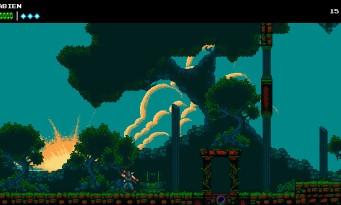 It's very simple, the game is full of twists, big and small. Bosses are never the caricatures they appear to be when first encountered. We come across certain characters that we thought were out of the equation, and we rediscover them from another angle. The parchment that we carry around since the beginning of the adventure has a very particular role (which we will not detail here, just so as not to reveal everything). But the most astonishing comes from certain large-scale reversals of situation, which come to redefine the graphics and the gameplay of the adventure. Thus, after several hours spent in this Ninja Gaiden clone with an 8-bit look, you will suddenly find yourself in a 16-bit atmosphere. More colors, much more detailed scenery and richer music: the player takes a real leap in time. And to tell the truth the character too since, one twist following another, you will end up being able to go back and forth between the two eras. From then on, what was just a simple old-fashioned platform game becomes a much more modern game, which offers us to solve little puzzles, this time jump mechanism allowing us to instantly change the appearance and the layout of the levels. The adventure that was believed to be linear even ends up becoming a real metroidvania, where you have to regularly go back to find new areas. There is therefore reason to be enthusiastic about The Messenger which, under its air of "one more retro game", actually conceals multiple treasures.
It's very simple, the game is full of twists, big and small. Bosses are never the caricatures they appear to be when first encountered. We come across certain characters that we thought were out of the equation, and we rediscover them from another angle. The parchment that we carry around since the beginning of the adventure has a very particular role (which we will not detail here, just so as not to reveal everything). But the most astonishing comes from certain large-scale reversals of situation, which come to redefine the graphics and the gameplay of the adventure. Thus, after several hours spent in this Ninja Gaiden clone with an 8-bit look, you will suddenly find yourself in a 16-bit atmosphere. More colors, much more detailed scenery and richer music: the player takes a real leap in time. And to tell the truth the character too since, one twist following another, you will end up being able to go back and forth between the two eras. From then on, what was just a simple old-fashioned platform game becomes a much more modern game, which offers us to solve little puzzles, this time jump mechanism allowing us to instantly change the appearance and the layout of the levels. The adventure that was believed to be linear even ends up becoming a real metroidvania, where you have to regularly go back to find new areas. There is therefore reason to be enthusiastic about The Messenger which, under its air of "one more retro game", actually conceals multiple treasures.




